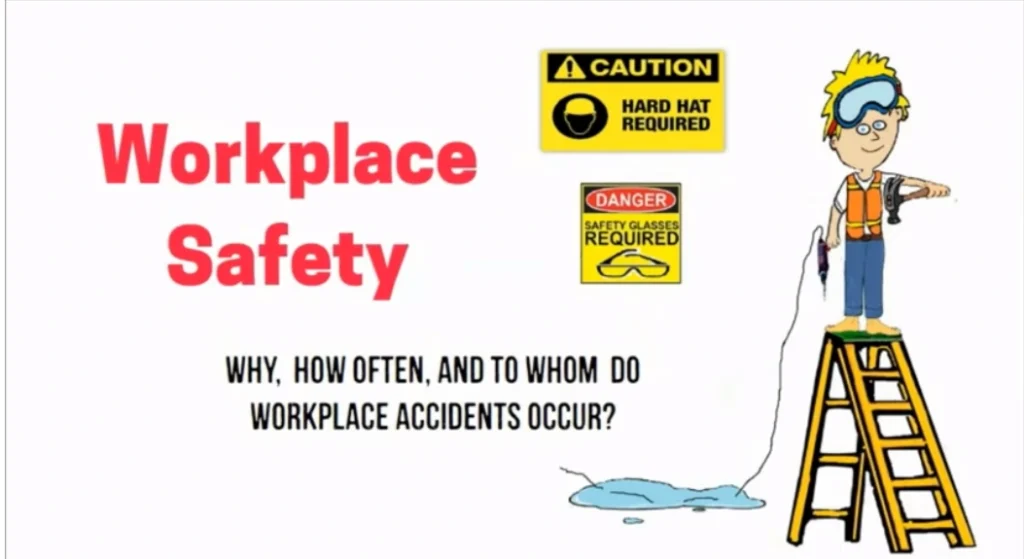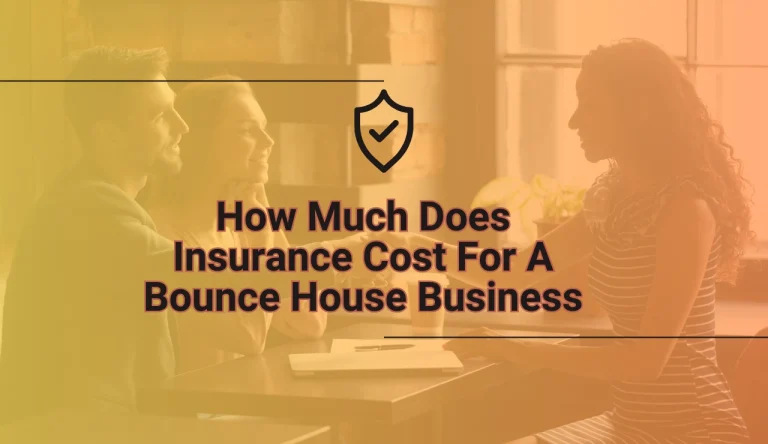Why Is Business Insurance So Expensive
Did you know that the cost of business insurance has been steadily rising over the past few years? In fact, according to recent data, small businesses are paying an average of $1,200 per year for general liability coverage alone. So Why Is Business Insurance So Expensive?
Well, there are several factors that contribute to the high costs.
First and foremost, it all comes down to risk assessment and underwriting process. insurance companies carefully evaluate your business’s risk profile and determine the likelihood of claims being filed. The higher the risk, the more you’ll have to pay for coverage.
Additionally, the type and limits of coverage you choose can greatly impact your premiums. Industries with unique risks require specialized policies which can be more costly. Moreover, a history of frequent claims or high-loss experiences will also drive up your rates.
Furthermore, where your business is located and how much your property is worth plays a significant role in pricing as well. Higher crime rates or areas prone to natural disasters will result in higher premiums.
Lastly, employee safety and workplace practices matter too. A safer work environment with proper training programs can help reduce incidents and lower insurance costs.
Understanding these factors will help you make informed decisions when it comes to purchasing business insurance that meets both your needs and budget constraints.
Key Takeaways
- Business insurance costs have been steadily increasing over the past few years.
- Factors such as risk assessment, underwriting process, and the type of coverage chosen contribute to high insurance costs.
- Industries with unique risks require specialized and more costly policies.
- Location, property value, and employee safety practices also play a significant role in determining insurance premiums.
Risk Assessment and Underwriting Process
You might be wondering why business insurance feels so pricey, but it’s because the risk assessment and underwriting process can feel like a never-ending maze of uncertainty, causing frustration and anxiety.
Insurance companies use underwriting standards to evaluate the risk associated with insuring a particular business. These standards take into account various factors such as the type of industry, past claims history, location, and size of the company. The more risky a business is deemed to be, the higher the premium will be.
Additionally, risk management plays a crucial role in determining insurance costs. Companies that have implemented effective risk management strategies are considered less risky to insure and may benefit from lower premiums. Therefore, businesses that invest time and resources in assessing and mitigating risks can potentially reduce their insurance expenses in the long run.
Coverage Types and Limits

When considering coverage types and limits, it’s crucial to evaluate the specific needs of your enterprise in order to find the most cost-effective solution. Different businesses have different risks and requirements, which directly influence the cost of insurance. Understanding policy exclusions and how premiums are calculated is essential for making informed decisions.
Policy exclusions refer to specific events or circumstances that are not covered by an insurance policy. These exclusions can vary depending on the type of coverage you choose. For example, a general liability policy might exclude claims related to professional errors or pollution.
Premium calculation takes into account various factors such as the size of your business, industry risk, claims history, location, and coverage limits. Insurers analyze these factors to assess the likelihood of a claim and determine the premium amount.
To better understand how coverage types and limits impact costs, consider this table:
| Coverage Type | Limit |
|---|---|
| General Liability | $1 million per occurrence |
| Property Insurance | $500,000 |
| Professional Liability | $2 million |
| Workers’ Compensation | Varies based on payroll |
By carefully assessing your specific needs and understanding policy exclusions and premium calculations, you can make informed decisions when selecting business insurance coverage that fits both your budget and risk profile.
Industry-Specific Risks
Explore the unique risks your industry faces to safeguard your enterprise and ensure its long-term success.
As a business owner, it’s crucial to understand that different industries have their own set of vulnerabilities. These sector-specific vulnerabilities can significantly impact the cost of business insurance.
For instance, if you operate in a niche market, there may be specific hazards associated with your industry that aren’t as prevalent in other sectors. Insurance providers take into account these risks when determining premiums, as they need to adequately cover potential losses.
Whether it’s the potential for cyber attacks in the technology sector or product liability claims in manufacturing, understanding and addressing these industry-specific risks is essential for protecting your business and managing insurance costs effectively.
Claims History and Loss Experience

To truly understand the impact of claims history and loss experience on your industry, it’s important to delve into the data and examine if patterns emerge that could shed light on potential risks.
Claims frequency plays a significant role in determining insurance premiums. If your industry has a high number of claims filed, it indicates a higher risk for insurers, leading to increased premiums. Insurers consider not only the number of claims but also their severity when assessing risk. A history of large or costly claims can result in even higher premiums.
Additionally, businesses with a poor loss experience, meaning they’ve had multiple or severe losses in the past, are seen as more likely to file future claims. This perception can drive up insurance costs as well.
Understanding your industry’s claims history and taking steps to mitigate risk can help lower insurance premiums over time.
Location and Property Value
Imagine living in a place where the value of your property directly affects how much you have to pay for protection. When it comes to business insurance, location and property value play a significant role in determining the cost. Here’s why:
- Property location: Insurance companies consider the area where your business is located. If it’s prone to natural disasters like hurricanes or floods, they’ll charge higher premiums due to increased risk.
- Property market: The current state of the property market also influences rates. In areas with high property values, insurers may charge more since replacement costs would be higher.
- Crime rate: Insurers assess crime rates in your area as well. If your business is situated in an area with high crime rates, the chances of theft or vandalism are higher, leading to increased premiums.
- Fire protection: The availability and quality of fire protection services can impact insurance costs. Areas without adequate fire departments or access to water sources may face higher premiums.
- Building materials: The construction materials used for your building also matter. Certain materials may increase the risk of damage during disasters or increase repair costs.
By considering these factors related to property location and value, insurers can accurately assess the risks associated with insuring a particular business and set appropriate premiums accordingly.
Employee Safety and Workplace Practices

Now let’s delve into another crucial factor that contributes to the high cost of business insurance: employee safety and workplace practices. Insurance providers take into account the potential risks associated with workplace accidents when determining premiums.
Businesses that prioritize safety measures and adhere to Occupational Safety and Health Administration (OSHA) regulations are more likely to mitigate incidents, thus reducing insurance claims. On the other hand, companies with poor safety records or non-compliance issues face higher premiums due to the increased likelihood of accidents occurring.
Additionally, insurance underwriters evaluate a company’s workplace practices, such as proper training programs, hazard identification protocols, and emergency response plans. By maintaining a safe working environment and strictly following OSHA guidelines, businesses can not only protect their employees but also potentially lower their insurance costs in the long run.
Market Conditions and Insurance Trends
Picture yourself in a world where market conditions and insurance trends play a pivotal role in shaping the costs you incur for protecting your business. When it comes to business insurance, understanding these factors is crucial for making informed decisions. The cost of insurance premiums is determined by various elements, including market conditions and industry trends.
Insurance companies take into account the overall state of the market when calculating premiums. Factors such as economic stability, interest rates, and investment returns all contribute to the cost of coverage. Additionally, insurance trends within specific industries can also impact premium calculations. For example, if there has been an increase in claims or losses within a particular sector, insurers may adjust their rates accordingly.
To better visualize how market conditions and insurance trends affect your business insurance costs, let’s examine a table:
| Cost Factor | Impact on Premiums |
|---|---|
| Economic Stability | Higher premiums |
| Interest Rates | Lower premiums |
| Investment Returns | Lower premiums |
| Claims/Losses | Higher premiums |
By understanding these cost factors and staying informed about current market conditions and industry trends, you can make more strategic decisions when it comes to managing your business insurance expenses.
Frequently Asked Questions
Conclusion
When it comes to business insurance, the high cost can be perplexing. However, there is one statistic that sheds light on this issue.
According to industry data, small businesses in the United States pay an average of $1,200 per year for general liability coverage alone. This figure might seem staggering, but it’s important to consider the various factors that contribute to the expense.
Risk assessment and underwriting processes, coverage types and limits, industry-specific risks, claims history and loss experience, location and property value, as well as employee safety and workplace practices all play a role in determining insurance premiums.
Additionally, market conditions and insurance trends also influence pricing. Therefore, while business insurance may appear expensive at first glance, it’s essential for protecting your company from unforeseen risks.






